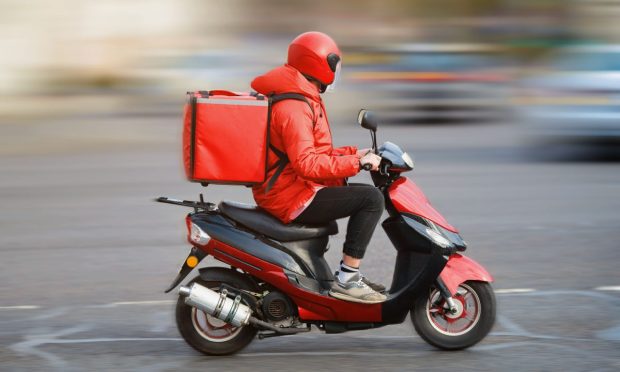Food Rocket Shuts Down as Ultrafast Delivery Faces Reckoning

As economic pressures have many consumers reining in spending, ultrafast delivery is struggling.
Ultrafast grocery delivery firm Food Rocket, backed by convenience retail giant Couche-Tard, has shut down in a move first reported by Progressive Grocer, having burned through its funding and finding itself unable to bring in additional capital.
“We believe that the rapid delivery industry has disrupted the retail market and changed consumer behaviors,” CEO and founder Vitaly Alexandrov commented. “Unfortunately, current economic conditions reshuffled the tech market and presented significant challenges in the venture capital market. The decision to cease operations was incredibly hard, and we put in 100% up until the very last day, trying to stay afloat for our customers and team members.”
The news came the same day as it was revealed that major convenience retail delivery service Gopuff has cut about 2% of its workforce. The move, affecting more than 100 employees and marks the third round of major layoffs in the last year.
Last month, United Kingdom-based on-demand delivery service Deliveroo announced it was laying off 9% of its workforce. Company CEO and founder Will Shu stated that approximately 350 roles would be affected, though the aggregator expects the final tally to be closer to 300 once redeployments are accounted for.
The news comes as, with inflation outpacing consumers’ paychecks, many shoppers have been less willing or able to spring for luxuries such as on-demand convenience. Research from the latest edition of PYMNTS’ Consumer Inflation Sentiment study, “Consumer Inflation Sentiment: The False Appeal of Deal-Chasing Consumers,” for which we surveyed more than 2,100 U.S. consumers, finds that three-quarters have cut back on nonessential retail purchases.
Ultrafast on-demand delivery has been struggling since early 2022, a year when many players bowed out or dramatically reduced their coverage, but some remain optimistic about the model even as economic headwinds compound the economic challenges inherent to the high-cost model.
Just a couple weeks ago, it was reported that Amazon has increased its investment in ultrafast delivery, having opened about 45 same-day fulfillment warehouses in the last four years and potentially adding more than 100 more in the next several years.
There certainly remains a market for convenient eCommerce options, but it is more difficult to drive adoption with the majority of consumers who make less than $100K each year. Research from the latest edition of PYMNTS’ ConnectedEconomy™ study, The ConnectedEconomy™ Monthly Report: Digitally Divided – Work, Health and the Income Gap, which draws from a census-balanced survey of more than 2,700 U.S. adults, reveals that high-income consumers are 70% more likely than low-income consumers to participate in the digital economy, driven primarily by their use of digital to work from home.
With this pressure on the quick commerce industry, major players are doing everything that they can to keep costs as low as possible for consumers, but with these efforts taking a toll on profit margins, it could turn out to be a lose-lose situation.
“On the affordability side, … we’ve taken down transaction costs for consumers by about 8% in the past year, and we’re always trying to drive this down,” DoorDash CEO Tony Xu told analysts on a call last month.

